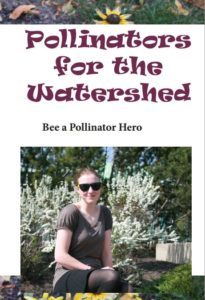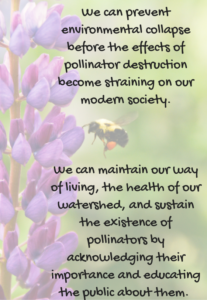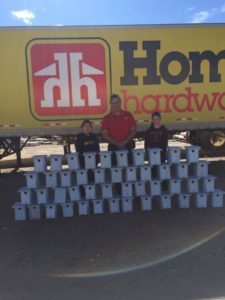2018, Calgary, Alberta, Canada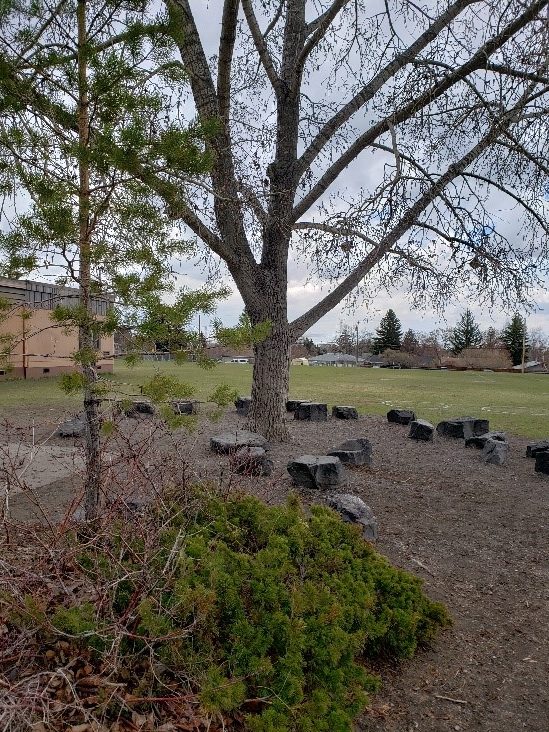
In 2018, Tina Tran of St. James School in Calgary, AB implemented her project “Rain Gardens – How Can They Impact Our Planet?”. Her goal for the project was to build a healthy rain garden in the schoolyard and educate students on the significant impacts of conserving water to our watershed. The benefits that Tina identified in researching and implementing her project included reducing the amount of carbon dioxide by allowing for more native vegetation respiration processes to occur, and conserving water by planting water-wise plants to improve soil water retention. Her and her class planted native tree and shrub species, and incorporated healthy mulch into their schoolyard gardens to inhibit weed growth and decrease the amount of water required in the rain gardens.
From the same class, Ben Trudeau spearheaded his tree planting project throughout the same garden and outdoor classroom space at his school, St. James.
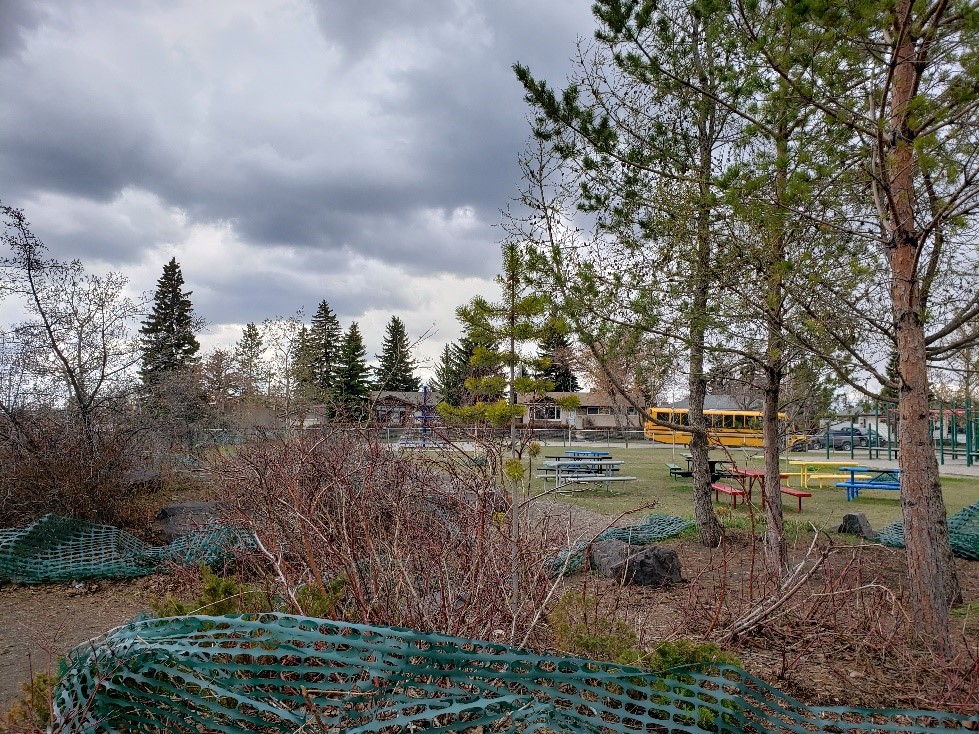
He also distributed soil high in nutrients throughout these green spaces to allow for more effective growth and fill in some of the gaps throughout the gardens. Species of shrubs, birch and willow trees were planted, and the increased vegetation is supporting clean air and healthy habitats for local, native wildlife. The project has also improved the aesthetics and learning opportunities for students engaging in the outdoor classroom.
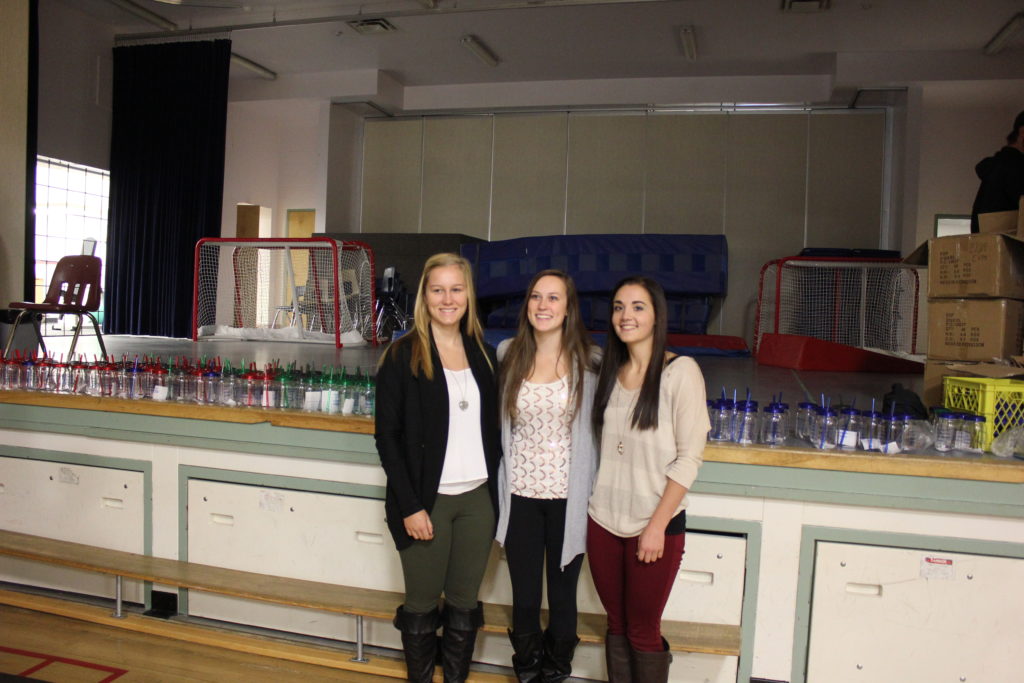 2016, Daysland, Alberta, Canada
2016, Daysland, Alberta, Canada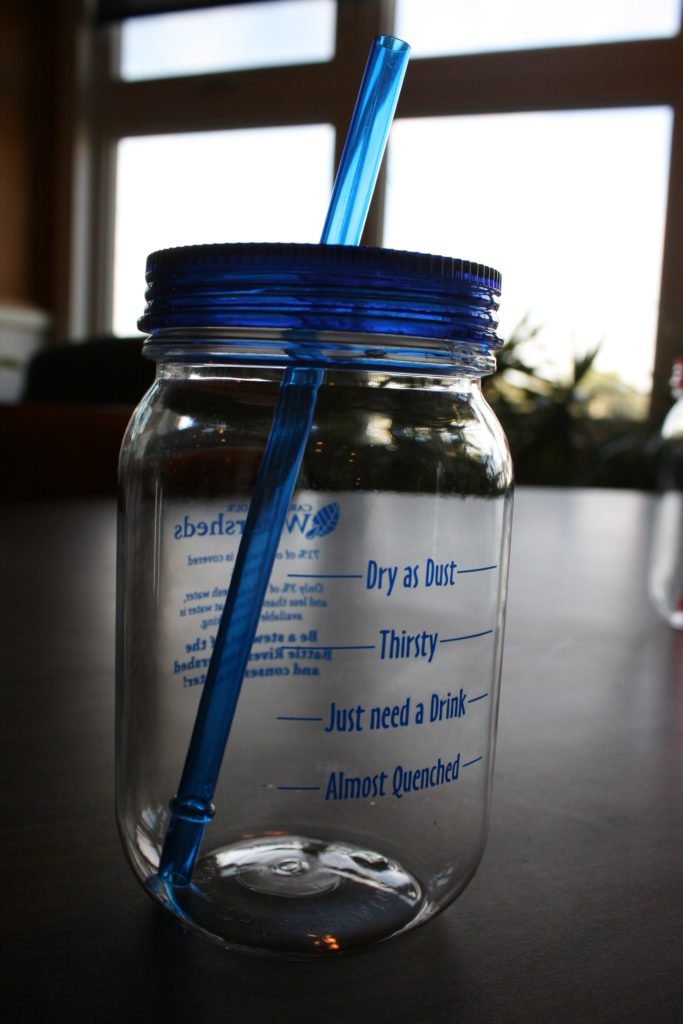 their school. After the presentation, they handed out the cups to all students in grades 1-6.
their school. After the presentation, they handed out the cups to all students in grades 1-6.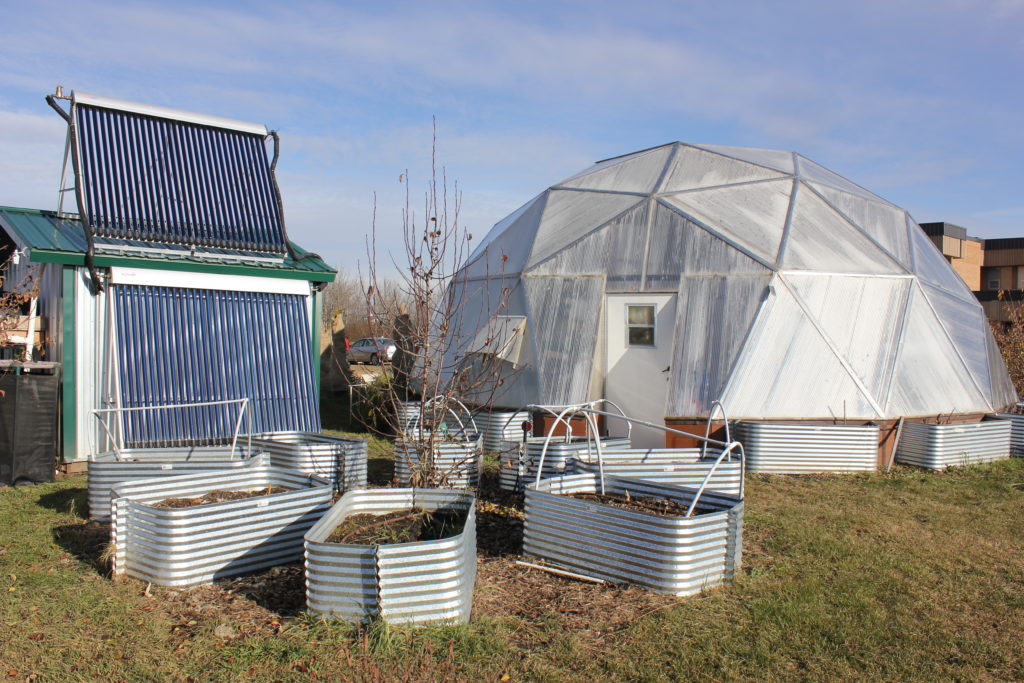
 challenges by installing a drip irrigation system in their gardens. The irrigation tube (shown left) is dug into the soil to water the plant’s roots while minimizing the rate of evaporation. The system could also be set on a timer to water regullary, with options to delay watering if there is significant rainfall.
challenges by installing a drip irrigation system in their gardens. The irrigation tube (shown left) is dug into the soil to water the plant’s roots while minimizing the rate of evaporation. The system could also be set on a timer to water regullary, with options to delay watering if there is significant rainfall.
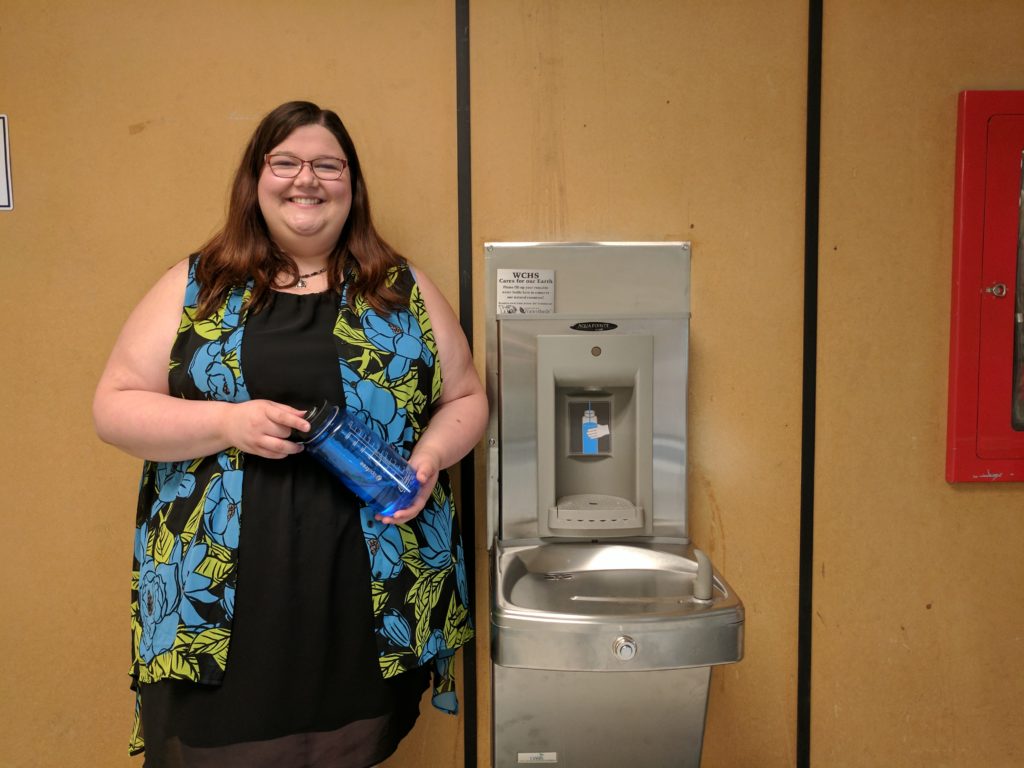
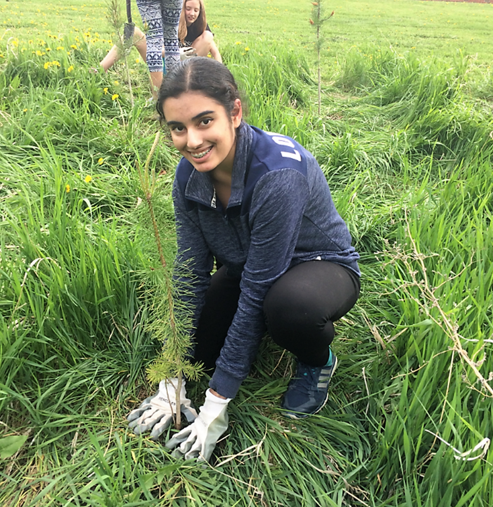 Watersheds program, and the third time she was in the final competition.
Watersheds program, and the third time she was in the final competition.
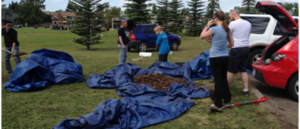
 “Microplastics, Macroproblem”. Madeline was concerned about the amount of microbeads and microplastics in consumer products and the impact this is having on our watershed.
“Microplastics, Macroproblem”. Madeline was concerned about the amount of microbeads and microplastics in consumer products and the impact this is having on our watershed.